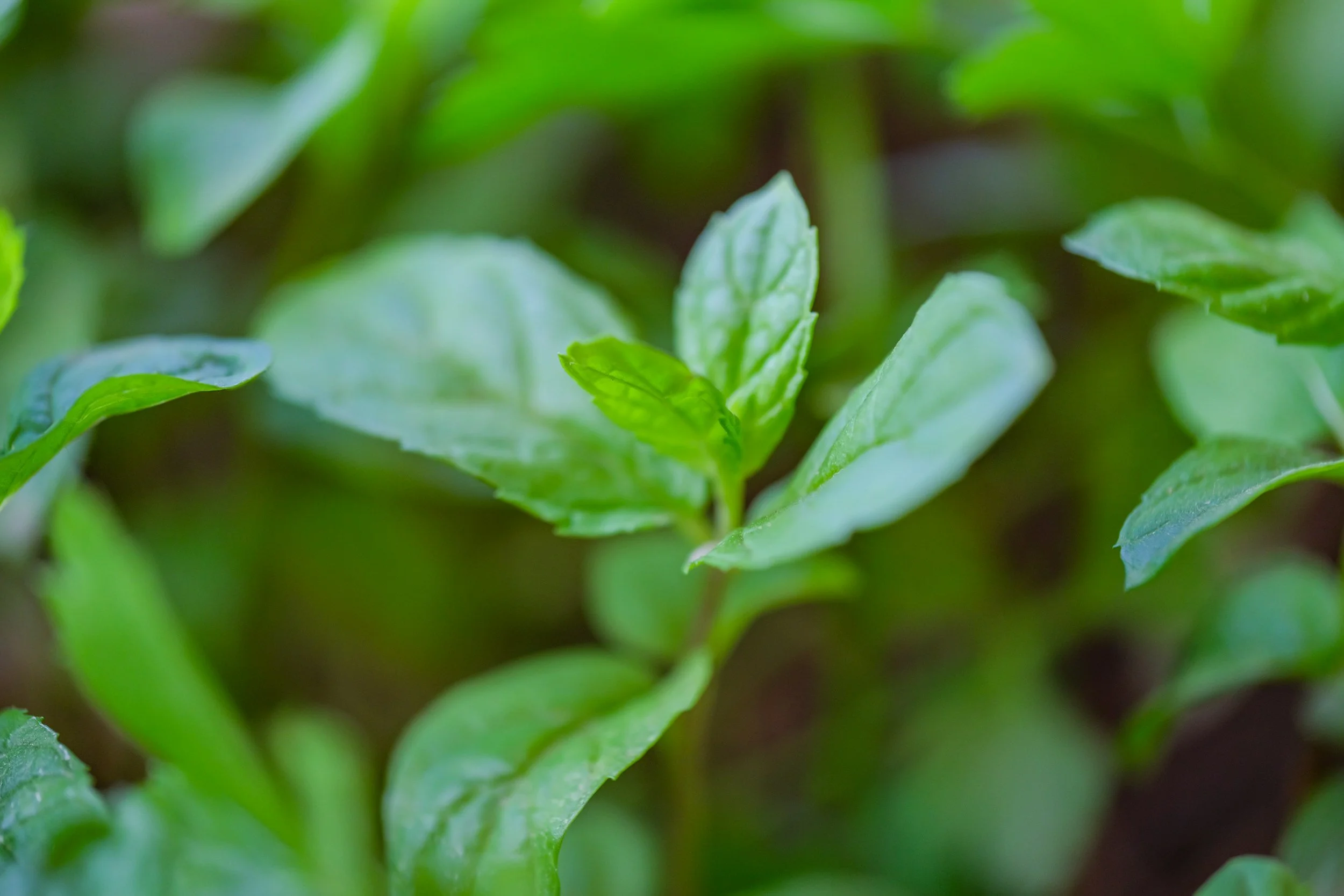Homemade Remedies - Part 1
For this section I’ve made Mullein Tea - because it’s growing EVERYWHERE around me! It’s also found throughout N. America and Europe.
Fun Fact - Mullein is also know as “Nature’s Toilet Paper”, in case you’re in a situation that requires that info :).
Here are other common plants (sometimes known as “weeds”) you’ll find growing throughout N. America.
Common Herbal Teas Found in North America
Peppermint (Mentha piperita):
Peppermint is widely found and cultivated across North America. It’s great for soothing the digestive system and relieving headaches. It’s pretty invasive, be careful where you plant it!
Appearance: Peppermint has dark green, serrated leaves with a strong minty aroma. It produces small purple or white flowers in spikes.
Lemon Balm (Melissa officinalis):
Lemon balm has a mild lemon flavor and is known for its calming and anti-anxiety properties.
Appearance: Lemon balm has heart-shaped, deeply veined green leaves that emit a lemony scent when crushed. It produces small white or pale yellow flowers.
Chamomile (Matricaria chamomilla):
Chamomile is known for its relaxing and sleep-inducing properties. It's commonly found in fields and gardens across North America.
Appearance: Chamomile has small, daisy-like flowers with white petals and yellow centers. The plant has finely divided, feathery leaves.
Echinacea (Echinacea purpurea):
Also known as coneflower, echinacea is popular for boosting the immune system and is commonly found in prairies and gardens.
Appearance: Echinacea has large, conical flower heads with pink or purple petals and a spiky, dark orange-brown center. The plant has rough, hairy leaves.
Yarrow (Achillea millefolium):
Yarrow is known for its wound-healing and anti-inflammatory properties. It can be found growing in meadows and along roadsides.
Appearance: Yarrow has clusters of small, white to pink flowers and feathery, fern-like leaves. The plant has a strong, somewhat sweet scent.
Dandelion (Taraxacum officinale):
Dandelion tea is known for its detoxifying and liver-supporting properties. Dandelions are widely found in lawns and fields.
Appearance: You probably already know what this one looks like :).
Nettle (Urtica dioica):
Nettle tea is rich in vitamins and minerals and is known for its anti-inflammatory properties. Nettle is found in moist, nutrient-rich soils across North America.
Appearance: Nettle has serrated, heart-shaped leaves with fine, stinging hairs. The plant produces small, greenish flowers in clusters.
Raspberry Leaf (Rubus idaeus):
Raspberry leaf tea is known for its benefits for women’s reproductive health. Wild raspberries can be found in forests and fields.
Appearance: Raspberry plants have compound leaves with three to five leaflets, white flowers, and red or black fruit. The leaves are green and slightly serrated.
Red Clover (Trifolium pratense):
Red clover tea is known for its detoxifying and estrogen-balancing properties. Red clover is commonly found in fields and meadows.
Appearance: Red clover has round, pink to purple flower heads and trifoliate leaves with a characteristic pale crescent on each leaflet.
Wild Bergamot (Monarda fistulosa):
Also known as bee balm, wild bergamot has a slightly minty flavor and is used for its antiseptic and digestive properties. It grows in meadows and prairies.
Appearance: Wild bergamot has clusters of tubular, lavender to pink flowers atop square stems. The leaves are lance-shaped and emit a minty scent when crushed.
Elderflower (Sambucus canadensis):
Elderflower tea is known for its immune-boosting and anti-inflammatory properties. Elder trees are commonly found in woodlands and along roadsides.
Appearance: Elderflower has clusters of tiny, creamy white flowers that bloom in flat-topped umbels. The plant has dark green, serrated leaves and dark purple to black berries.
How to Make Herbal Tea
As you can see in my video, making herbal tea is as easy as pick, dry, make tea. You can even make tea with fresh leaves :).
A few tips:
Harvesting: Ensure you harvest herbs from clean, pesticide-free areas. Harvest in the morning after the dew has dried but before the sun is too strong (I harvested my leaves when I had time, it was in the mid-afternoon :)
Drying: Hang herbs in small bunches in a warm, well-ventilated area out of direct sunlight. Alternatively, use a dehydrator.
Storage: Store dried herbs in airtight containers in a cool, dark place to preserve their potency.
What kind of teas do you make at home? Let us know below in the comments :)
Got any questions or comments? Comment below, jump to our private Facebook Group, or the Ask Lisa page :).

